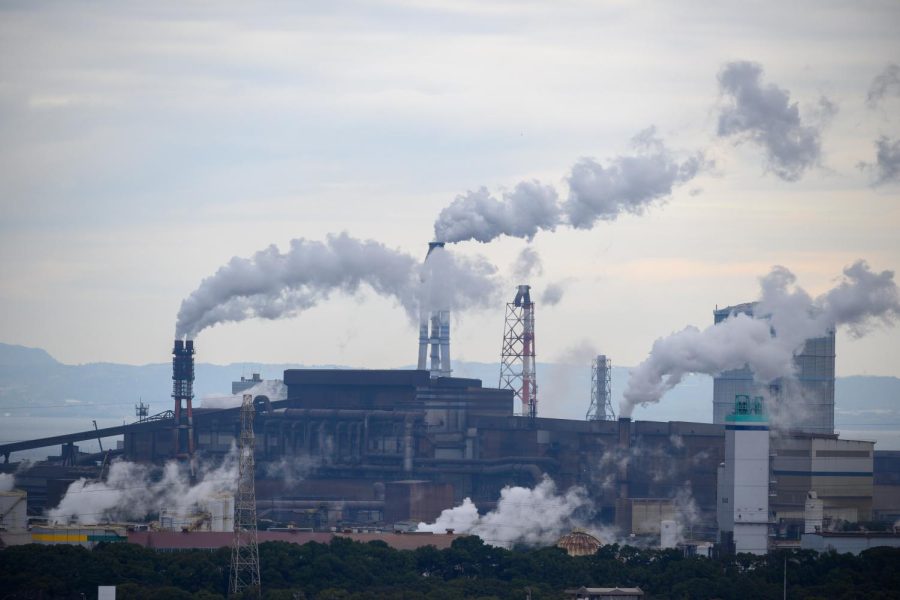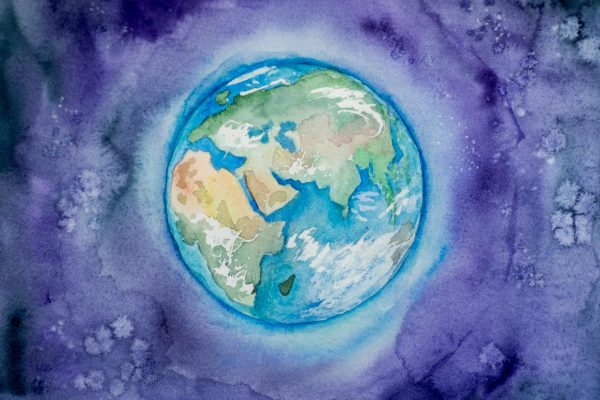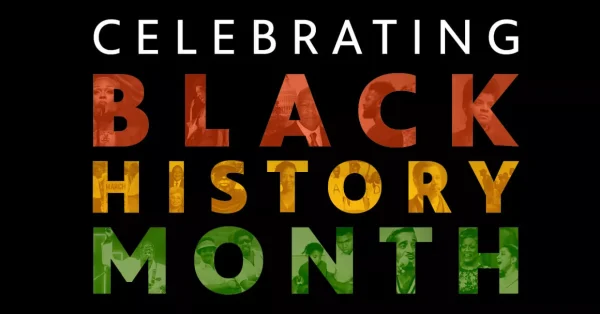A Toxic Ambiance
As the holiday seasons approach, the idea of home transitions into a place of comfort, laughter, and warmth. Fireplaces, hot cocoa, and movie marathons in the comfort of your home are a perfect evening.
On the other hand, here is another ambiance for you to consider: a child growing up close to a power plant that emits hazardous fumes into the air. It lives in a run-down house with walls coated with toxic lead paint, drinks from a faucet contaminated with lead, and plays in a run-down playground with traces of arsenic soil. The child is admitted to a school with moldy ceilings, walking through the run-down halls on an empty stomach. What might seem like a horror story in Hunterdon County are actual events that occur daily to millions of people, including millions of children.
At the end of the day, environmental impacts dictate someone’s life. And the most vulnerable of all: the future. The environmental hazards present in impoverished-minority communities are the most life-threatening to children. Children take in more air, food, and water as a percentage of their body weight than adults, and their growing metabolism makes them less able to break down pollutants in their systems and air pollutants. Adolescent exposure to air pollution, for example, raises the likelihood of asthma, which can make learning difficult. A report in the United Kingdom discovered that black British children are exposed to up to 30% more air pollution than white children. As a result, young Black children are considerably more likely than their white counterparts to have elevated blood lead levels. In addition, early lead exposure can affect cognitive development and exacerbate behavioral difficulties in children and neurological diseases in adults. Furthermore, in low-income and minority areas, neighborhood amenities that are helpful to children’s cognitive development and mental health, such as better-quality parks with more space or safe walking streets, are more uncommon.
Children of color make up about 73% of poor children in America, accounting for one in every three Black and American Indian/Alaska Native children and one in every four Hispanic children. The geographical lottery affects a child’s chances of becoming impoverished. Nevertheless, how is it that children are still living in poverty in the world’s most outstanding economy? Children’s development is stunted by the toxic stress of early poverty, which creates opportunity gaps that can last a lifetime and hurt the economy. To eradicate child poverty immediately, children’s fundamental needs must be addressed, starting with a safe environment and a stable future. However, to establish that, the truth must come out.
The subject of systemic inferiority extends to the air humans breathe. As the consequences of climate change became increasingly evident in the United States, it also became apparent that they are disproportionately affecting minority populations, a manner of what author Rob Nixon refers to as “slow violence”. Minorities are three times more likely to die from pollutant effects than in wealthier white communities. One study found that race was the most critical factor in determining where toxic waste facilities were sited in the United States, as 70% of the hazardous sites were located in low-income communities of color.
Up north of Louisiana, on the banks of the Mississippi, lives Robert Taylor, a lifetime resident of “Plantation Country,” once home to thousands of enslaved Africans who were forced to work in the slave trade. Taylor’s parents were employed at a local sugar refinery, which decades ago was the town’s economic income. Chemicals, the new source of income, now pours from smokestacks where sugar canes previously flourished. The primarily black community’s health deteriorated when the petrochemical industry moved in. Because of the greater cancer risk in this region, it has earned the unwanted name of “Cancer Alley“. It is an 85-mile stretch of black smogging death pits suffocating each brightly-colored home on the street. Residents of the region are 50 times more likely than the typical American to be diagnosed with cancer. Similar scenarios have occurred in places around the United States, where minority communities have been subjected to higher pollution levels than their white counterparts. This includes the advent of “black snow,” or a heavy layer of soot caused by sugar burning that pollutes the region of Pahokee, Florida, or over a billion tons of toxic coal ash poured into the Emory River Channel in Kingston, Tennessee, inflicting countless cancerous deaths among employees who cleaned up the disaster. “These areas have for so many years just been ignored and thought of as the place where bad things like the polluting facilities go,” Says Kerry Ard, associate professor of environmental sociology at Ohio State University, “African American communities just become like the dumping zones.”
Environmental racism is the key reason people of color living in low-income communities are more vulnerable to hazardous health, unethical quality of life, and death. In 2019, the proportion of people of color living in poverty was 1.8 times higher than the general population, and Hispanics were 1.5 times more likely to live in poverty than the overall population. This is nothing new. Historically, impoverished minority communities have been located in areas with lower property values, where factories and other industrial businesses are built at a cheaper cost. Since the 1930s, streets where people of color resided have been labeled “dangerous,” indicating potential sites for toxic waste facilities.
For a long time, the legal and political debate about environmental injustice revolved around the issue of purpose. Was it the intention of a company constructing a waste facility or other pollution source, or a city or state approving it, to locate it in a poor minority neighborhood—an explicit racially motivated goal? Conversely, was it simply the result of market forces, which placed the hazardous waste where land was cost-efficient for a company? The intent is complicated. There were indications that towns with minimal political influence were tacitly selected as locations for heavy industrial or pollution sources in a few isolated situations. For example, the California Waste Management Board was debating where toxic waste incinerators should be located in 1984. In the Central Valley of California, an incinerator has been planned for a large Latino community. However, people pushed back and opposed the idea, proving that the community was not as weak as the study writers had predicted.
Despite nearly a century of public programs aimed at elevating these minority communities worldwide, the issue has remained unsolvable for the means of the government. This is why well-established organizations can echo the stories, requests, and rallying cry of frontier communities. This will increase the number of community supporters and pressure on decision-makers, who may, regrettably, be more inclined to listen to a more extensive environmental group with more social capital and political weight than a ‘weak’ community.
Environmental injustice and racial injustice are typically seen as different concerns by people all across the world. However, the fact is that environmental injustices are often the result of institutional racism. Groups may overlook the trend of indigenous populations and other minority groups living on the frontlines of the pollution problem, who are disadvantaged by race, poverty, caste, and religion. Connecting the two concepts can assist environmental justice activists to enhance their work by addressing the fundamental causes of prejudice and ensuring that marginalized populations have a say in decision-making.
Connecting back to a more “cozy” ambiance, the holidays are the season known for giving back to the community. Thousands of people rush to volunteer at soup kitchens, food pantries, and toy drives. Humans know that there is hunger and homelessness in the world; it is apparent. However, basic needs, such as a safe housing environment and suitable drinking water, must be met this holiday season. Unfortunately, these needs are not exemplified in our volunteer work. Therefore, students should aim to focus on marginalized communities by advocating for their environmental health. The people will make the political, consumer, and personal decisions needed to create a more equitable life for the future.





